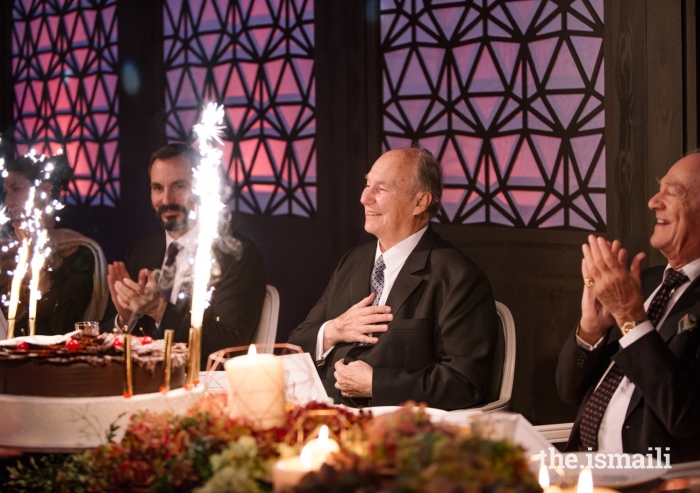One of the perks of living in a diverse Jamat in the United States is getting to enjoy and experience their traditions firsthand. On March 25, Richmond Jamatkhana used Navroz as an opportunity to expose its Jamati members to traditions they might not otherwise know of. The Jamat hosted its third annual Navroz celebration at Tuckahoe High School, where the Jamati members had the opportunity to meet fellow Ismailis from different parts of the world while learning about the traditions tied to the Persian New Year.
The night began with the recitation of Ayat al Kursi and was followed by the recitation of a poem, written by Persian poet Behrooz Parhami, about the beginning of spring. Jamati members learned that Navroz’s traditions include dancing, harvesting wheat, Baba Navroz, and Sufra e Haft Seen, which is a table arrangement of seven components that symbolize a new beginning. These items include Sabzeh, which symbolizes rebirth; Samanu, which symbolizes new life; Senjed, which symbolizes tolerance and love; Seer, which symbolizes medicine, Seeb; which symbolizes beauty and health; Somaq, which symbolizes the color of sunrise; and Serke, which symbolizes age and patience.
But the Richmond Jamat’s Navroz celebration also included raas from the South Asian tradition and raaqs from the Middle Eastern tradition - a nod to the diversity within the Jamat and the need to remain united as One Jamat, especially during the Diamond Jubilee year.








